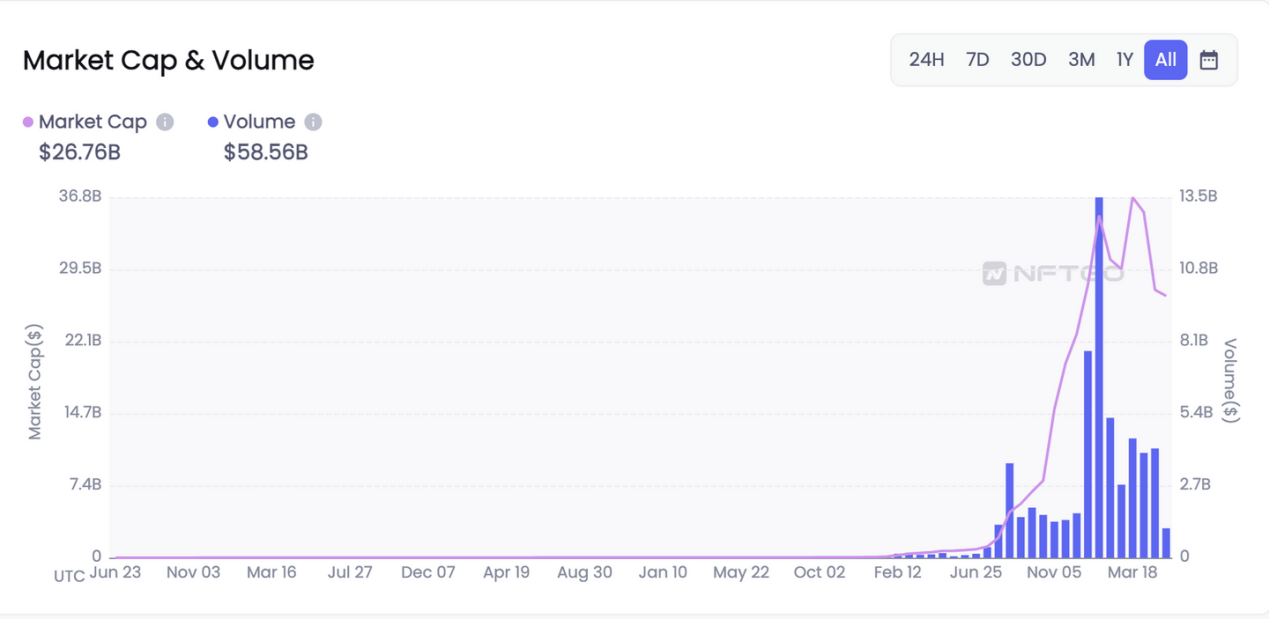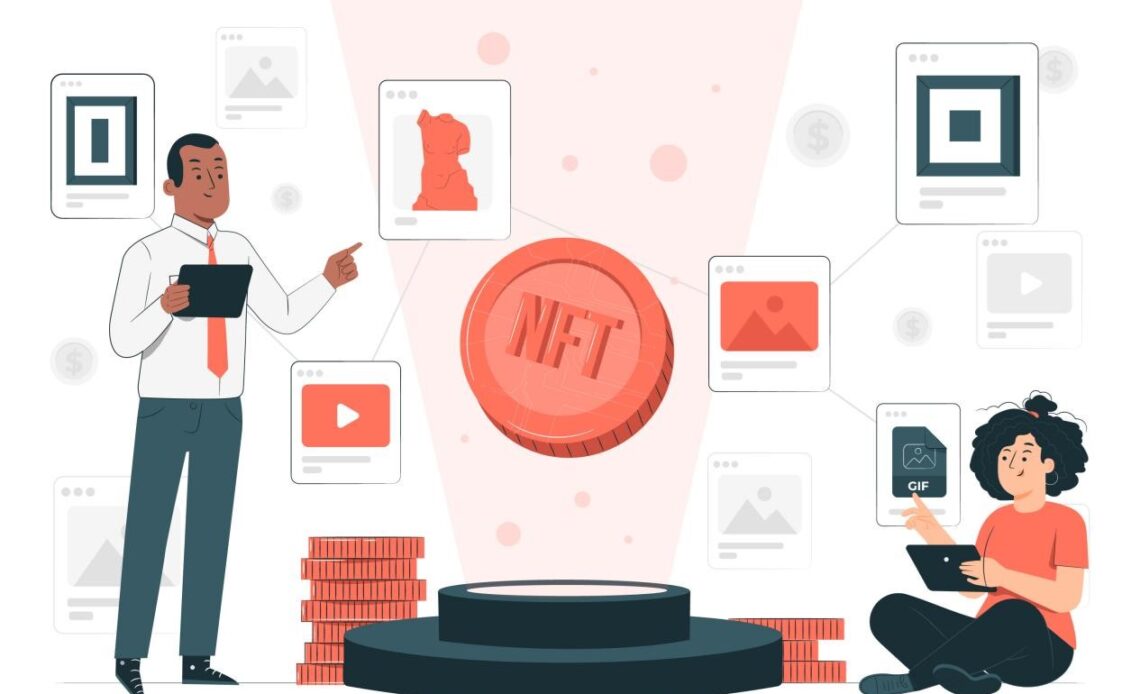It has been more than a year since the NFT boom in 2021. According to NFTGO, the market cap of NFTs peaked at $36.8 billion in March 2022. As the market later cooled, the trading volume and market cap of NFTs started to shrink. This crypto novelty expanded its influence beyond the crypto community and fostered a huge market, which also gave rise to the combination of NFTs and DeFi. The market has witnessed the appearance of NFT lending platforms, NFT aggregators, and NFT derivatives markets, which constitutes the second debut of DeFi Lego enabled by NFTs. However, one wonders whether these products were built to meet real market demands and if they have created a false proposition that lacks any value for market participation. Today, we will dive into whether NFT-fi is a feasible trend and if it will earn market recognition.

Figure 1: Market Cap & Volume of NFTs | Source: nftgo.com | As of June 1, 2022
There are many NFT liquidity solutions and NFT structured products in today’s market:
1. NFT fragmentation: FT tokens (such as ERC20 tokens) that are issued by dividing the ownership of valuable NFTs. NFT fragmentation projects include Fractional.art, NFTX, etc.
2. NFT lending markets: Holders can borrow short-term loans by collateralizing their NFTs without selling them. Prominent NFT lending markets include BendDAO, NFTfi, and Drops DAO.
3. NFT leasing: Holders earn rents by leasing NFTs to users in need. NFT leasing projects include Double, reNFT, etc.
4. NFT aggregators: These aggregators, such as Gem.xyz, bring together the transaction data of multiple NFT exchanges, obtain the best NFT transaction price in one stop, and provide users with increased liquidity and more options.
5. NFT derivatives: NFT derivatives include NFT options like Putty, as well as NFT perpetual futures contracts such as NFTprep.
These projects are early attempts to bring together NFTs and DeFi. In particular, NFT fragmentation projects and NFT aggregators address the problems of poor NFT liquidity and high market threshold. NFT lending markets and NFT leasing projects also focus on improving NFT liquidity and capital utilization. Meanwhile, NFT derivatives are more complex structured products built to improve capital utilization. However, these projects have not been able to achieve large-scale adoption because they face limitations in terms of the underlying NFT logic and the development space. Next, we will explore the real demands and false propositions of…
Click Here to Read the Full Original Article at NewsBTC…
























